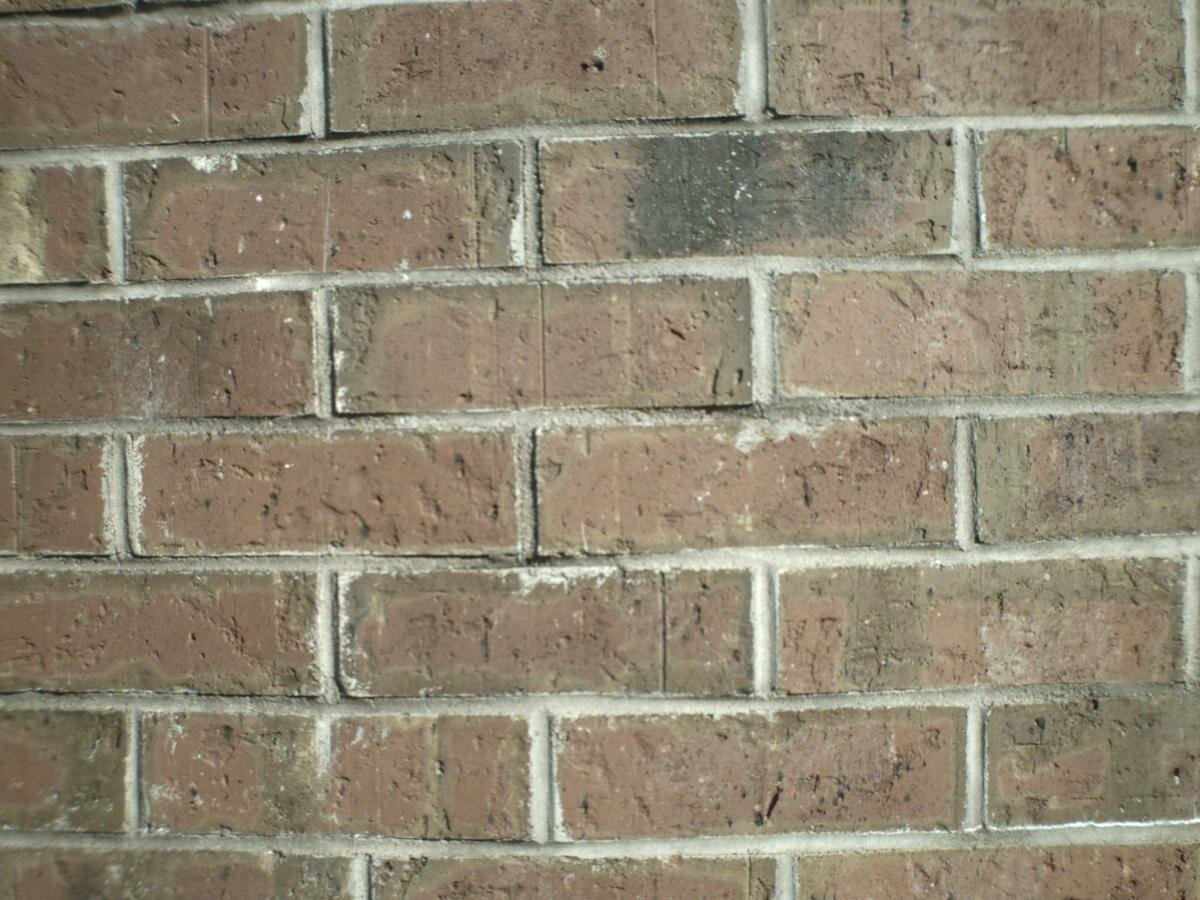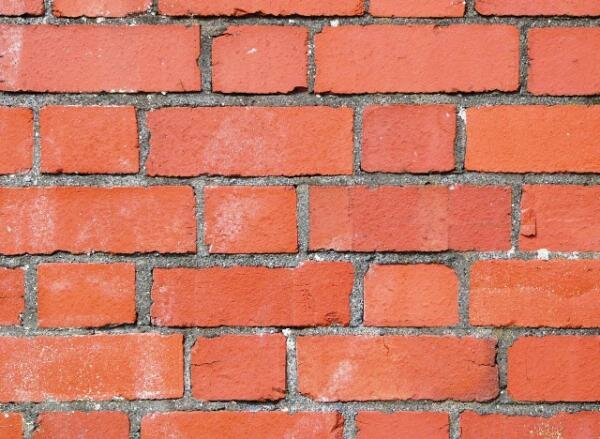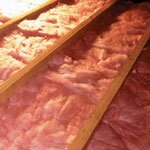Insulate, Insulate, Insulate
Insulate, Insulate, Insulate
Insulating your home is one of the easiest ways to make a significant difference to your energy bills and your carbon footprint.

This image shows where most heat is typically lost in a house that has uninsulated cavities, no loft insulation, single glazing and no draught proofing measures installed. By tacklng the areas where most heat escapes first you can make the biggest difference to the comfort of your home, your energy bills and your carbon footprint.
- In an average completely un-insulated home with a cavity wall, 33% of the energy loss will be through the wall and 25% through the roof.
- In a home with solid walls, closer to 45% of the heat lost will be through the walls.
- Insulating the walls and loft of a home can save about two tonnes of CO2 and reduce annual heating bills by £160.
- A lack of insulation contributes to fuel poverty (when a household struggles to afford to heat their home sufficiently): Whislt approximatley 10% of households in the UK are in fuel poverty, 80% of those households are living in homes that are badly insulated.
- The environmental impact of the home can be reduced still further by using an environmentally friendly insulation material as an alternative to the traditional fibre glass. These alternatives include sheep’s wool, shredded recycled newspaper, hemp and flax. These options, however, are typically more expensive than traditional products. They are most likely to be a financially-viable option if you are installing insulation yourself in your loft.
Insulating Walls
Most homes built since the 1920’s have cavity walls, with an air gap between two layers of b rick. By insulating this space, heating bills (and CO2 emissions) could be reduced by 15%. The picture on the right is of a typical cavity wall – the bricks are all facing the same way and are evenly spaced. You will need to get a professional to do this work for you. If you homes was built anytime from the mid 1990s onward then it almost certainly had cavity wall insulation installed as it was built. You should have been given documentation about this when you bought it.
rick. By insulating this space, heating bills (and CO2 emissions) could be reduced by 15%. The picture on the right is of a typical cavity wall – the bricks are all facing the same way and are evenly spaced. You will need to get a professional to do this work for you. If you homes was built anytime from the mid 1990s onward then it almost certainly had cavity wall insulation installed as it was built. You should have been given documentation about this when you bought it.
Typical cost: £330 for a flat up to £720 for a detached home. You will typically get this back within four years because your bills will be cheaper. Savings can last for up to 40 years. ECO grant funding is available in some circumstances
The costs above assume a home has a standard cavity. Some homes have a non-standard cavity, often known as a ‘hard-to-treat cavity’ which will have one of the following features:
- A cavity that is less than 50mm wide
- A prefabricated concrete construction with a cavity
- A metal frame construction with a cavity
- A stone cavity (e.g. many older properties have uneven cavities in walls constructed of a natural stone outer leaf and a block or brick inner leaf). These are common in some rural areas of Derbyshire.
- A timber framed un-insulated studwork cavity. These properties have a masonry cavity, which must not be filled
- Cavities that have already been partially filled.
For more information on insulating this kind of cavity see the Centre for Sustainable Energy’s information.
Un-insulated homes with solid walls, typically those built before the 1920s, lose even more heat through the walls than cavity-walled houses. You can usually tell if your home has solid walls because some of the bricks will face a different way and you will be able to see their short end – these are known as header bricks and can be seen in the photo. They can be insulated using solid wall insulation. This comes in a variety of types; flexible thermal lining or rigid board for internal fitting, or cladding and render for external application. Solid wall insulation is much more expensive to install than cavity wall insulation, but delivers greater savings. It needs to be installed by a professional.
than cavity-walled houses. You can usually tell if your home has solid walls because some of the bricks will face a different way and you will be able to see their short end – these are known as header bricks and can be seen in the photo. They can be insulated using solid wall insulation. This comes in a variety of types; flexible thermal lining or rigid board for internal fitting, or cladding and render for external application. Solid wall insulation is much more expensive to install than cavity wall insulation, but delivers greater savings. It needs to be installed by a professional.
Solid Wall Insulation in Nottinghamshire and Derbyshire: a number of homes with solid wall insulation have been involved in Nottinghamshire and Derbyshire’s Eco Open Homes events.
Solid wall insulation costs from £4000 and could be as much as £22,000. Annual savings range from £145 for a typical flat to £455 for a detached property.
There is more information on the Energy Saving Trust’s website.
Insulating Lofts
Although most people have some loft insulation, the current recommended level is twelve inches (270mm), so it’s worth check your loft to see how much you have. You can install loft insulation  yourself quite cheaply, or professionals can do it for you. A major barrier for many is that the loft is used as a storage space. If you want to continue using your loft like this you will need to use insulation that can be boarded over afterwards. It is important not to use mineral wool and then squash it with boarding as squashing it will reduce its effectiveness. If you have less than 50-60mm of existing loft insulation it is possible to get it professionally installed very cheaply.
yourself quite cheaply, or professionals can do it for you. A major barrier for many is that the loft is used as a storage space. If you want to continue using your loft like this you will need to use insulation that can be boarded over afterwards. It is important not to use mineral wool and then squash it with boarding as squashing it will reduce its effectiveness. If you have less than 50-60mm of existing loft insulation it is possible to get it professionally installed very cheaply.
The Centre for Sustainable Energy has produced a comprehensive DIY guide to insulating your loft.
For more information on installing insulation in a room-in-the-roof, a hard to access loft space, or a flat roof see the EST’s website.
Typical cost (if going from 0 to 270mm): £100 (DIY) £285-£395 (professional). Typical saving: £15-240 per year for up to 40 years. ECO grants are available in some circumstances.
Windows and Doors
Single glazed windows are a significant cause of heat loss, and although it is fairly expensive to install double glazing, this can halve the amount of heat lost from windows, and save nearly £100 per year on heating bills. If necessary, costs can be reduced by only fitting double glazing in rooms you use the most and heated most regularly, such as the living room.
Bear in mind that if you live in a listed building or a conservation area, such as the Peak District National Park, then there might be restrictions on what you can do to your windows. Check with your local authority before starting any work. If you can’t install double glazing you might still be able to install secondary glazing which will have less of a visual impact on the outside of the property. Secondary glazing also has better sound proofing properties than double glazing which can be helpful if you live on a busy road.
Finding a reliable company to supply and install your double glazing can be a daunting prospect due to hard sales techniques and concerns about quality of product and worksmanship. One option is to find a company through a local Trusted Trader scheme:
- www.derbyshire.gov.uk/community/trusted_trader/
- www.nottinghamshire.gov.uk/business-community/trading-standards/approved-trader-scheme
You could also try finding an installer through one of these organisations:
- FENSA: www.fensa.co.uk
- The Double Glazing & Conservatory Ombudsman Scheme (DGCOS): www.dgcos.org.uk
If money is tight, a more affordable option for reducing heat loss through windows (and external doors) is to fit  heavy, lined curtains. Hang curtains close to the window recess to increase their effectiveness as a barrier to heat loss and close the curtains at dusk to achieve the maximum benefit. Choose curtains that are thermally lined. So long as you remember to close them at dusk, and open them during the day to let in the warmth, they can be nearly as effective as single glazing at keeping heat in. If you have double glazing, then good curtains are a cheap alternative to triple glazing.
heavy, lined curtains. Hang curtains close to the window recess to increase their effectiveness as a barrier to heat loss and close the curtains at dusk to achieve the maximum benefit. Choose curtains that are thermally lined. So long as you remember to close them at dusk, and open them during the day to let in the warmth, they can be nearly as effective as single glazing at keeping heat in. If you have double glazing, then good curtains are a cheap alternative to triple glazing.
Draughts
Draughts might not cause as much heat loss uninsulated walls, lofts and windows, but they can have a big effect on our comfort factor and cause us to either urn up the heating or be cold. Fortunately, they are often cheap and easy to fix. Many draught proofing jobs are cheap, easy DIY projects which require minimal skill.
Draught proofing products available range from foams and sealants to brushes, rubber strips and shaped plastic. A good way to get started is to try some of the projects on this factsheet.
Insulating Floors
It is possible to fill cracks between floorboards and round skirting boards to eliminate the cold underfoot. For homes with suspended floors, insulation can be installed by taking up the floorboards and laying insulation which is supported by netting. Sometimes it is possible to gain access without taking up the floor if you have a cellar or a significant gap underneath your suspended floor. It is sometimes possible to DIY floor insulation, but you can also ask a professional to do the work. It will need to comply with building regulations – if you do the work yourself then you need to ensure it complies.
The Centre for Sustainable Energy has produced a leaflet on underfloor insulation
Typical saving: £40-55 a year off an annual bill
Insulating Hot Water Systems
A simple but effective way to reduce waste heat is to insulate hot water pipes and fit a jacket to the hot water tank. The jacket should be at least 75mm thick. This will cut heat loss from the tank by 75%, and will typically pay for itself in reduced heating bills within six months. Bear in mind that many newer hot water tanks have inbuilt insulation in the form of a layer of rigid foam on their outside.
Pipe insulation is easy to install as a DIY job if the pipes are accessible. Professional help may be required to fit insulation where access to the pipes is awkward. You can DIY install silver reflective panels behind radiators at very little cost. These will stop heat from a radiator escaping through a wall and reflect it back into a room.
Tank Jacket typical cost: £15 (DIY). Typical saving: £25-£35 per year if topping up, £110-£135 per year if starting from no insulation.
Pipe Insulation: £20 (DIY). Typical saving of £10 per year.
